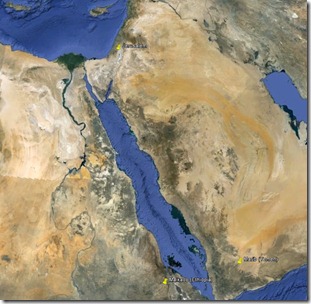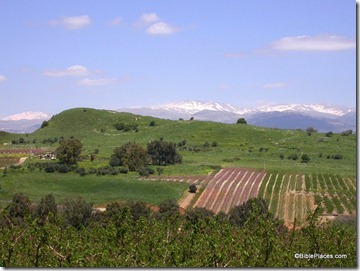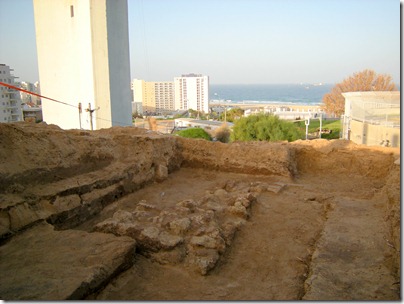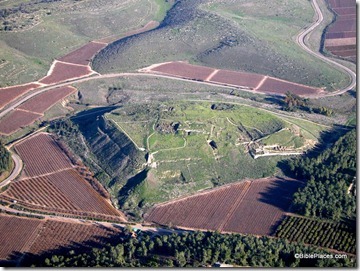The claims are grand, indeed:
A British excavation has struck archaeological gold with a discovery that may solve the mystery of where the Queen of Sheba of biblical legend derived her fabled treasures.
The archaeologist is claiming to have found a gold mine, a temple, and a battleground. The gold mine is the basis of the connection with Sheba, for 1 Kings 10:10 reports that the Queen of Sheba gave Solomon 120 talents [4.5 tons] of gold.
If you read on further, however, you learn that the gold mine has not been excavated. In fact, the entrance is blocked by stones. You won’t be surprised by what follows:
Schofield will begin a full excavation once she has the funds and hopes to establish the precise size of the mine. Tests by a gold prospector who alerted her to the mine show that it is extensive, with a proper shaft and tunnel big enough to walk along.
So somebody searching for gold has convinced an archaeologist to publicize her “discovery” in order to raise the money to dig for treasure.
Schofield found above the blocked mine a “20ft stone stele (or slab) carved with a sun and crescent moon, the ‘calling card of the land of Sheba.’” That’s a curious statement given that evidence for the ancient kingdom of Sheba is sparse and most scholars believe that it was located not in Ethiopia but in Yemen. I’d be interested to know more about this “calling card.”
The article says that Louise Schofield is “an archaeologist and former British Museum curator,” and credits her with the establishment of multinational rescue excavations in Turkey and an environmental development project in Ethiopia. The latter is being done by a charity that Schofield founded to help the poor develop a sustainable lifestyle. According to another website, Schofield “was for 13 years Curator of Greek Bronze Age and Geometric Antiquities at the British Museum, and was responsible for the Mycenaean collection.” She also authored The Mycenaeans.
If you wish to pursue the subject further, I’d recommend starting with this post at Paleojudaica and following the links. As of this writing, the story is only being reported by the Observer.
The screenshot below shows the area of the present discovery (Maikado) along with the location of Marib, another candidate for the capital of ancient Sheba.




